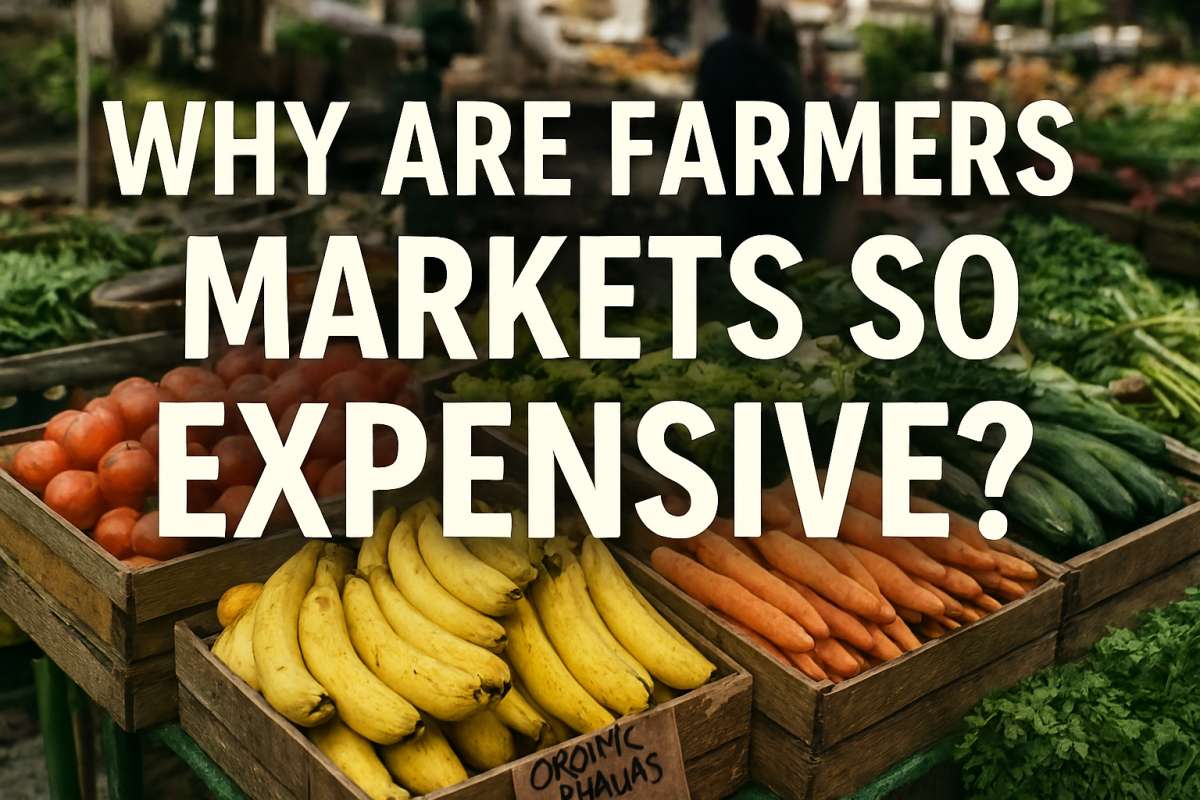Chinatown Hawker Leftovers Consumption: A Cultural Insight

Chinatowns around the world are renowned for their vibrant hawker centers, bustling with culinary delights that reflect rich cultural heritages. Beyond the enticing aromas and diverse flavors lies a practice deeply rooted in tradition and sustainability: the consumption of hawker leftovers. This practice offers a unique lens into the values of frugality, community, and environmental consciousness prevalent in these communities.
The Essence of Hawker Culture
Hawker centers are open-air complexes housing numerous food stalls, each specializing in specific dishes. Originating from street food vendors, these centers have become integral to the social and cultural fabric of places like Singapore, serving as communal dining spaces where diverse communities converge over affordable meals. The UNESCO recognition of Singapore’s hawker culture underscores its significance in promoting community dining and culinary practices in a multicultural urban context.
Cultural Significance of Leftover Consumption
In many Asian cultures, including those represented in Chinatowns globally, food is regarded with deep respect. Wasting food is often seen as disrespectful, not only to the resources but also to the effort invested in its preparation. This ethos fosters practices aimed at minimizing waste, such as consuming leftovers. In traditional Chinese culture, frugality and resourcefulness are virtues, leading to creative culinary practices that repurpose leftovers into new, appetizing dishes.
Environmental Implications
Food waste is a pressing global issue, with significant environmental ramifications. In China alone, approximately 35 million tonnes of food are wasted annually, with over half attributed to excess food discarded after consumption. By embracing leftover consumption, hawker centers contribute to reducing this waste, thereby lessening the environmental burden associated with food production and disposal.
Economic Considerations for Hawkers
For many hawkers, operating on slim profit margins, minimizing waste is not just an environmental concern but an economic necessity. Unsold food represents a direct financial loss. To mitigate this, vendors employ strategies such as offering discounts on leftover food towards the end of the day or creatively transforming unsold items into new dishes. These practices not only reduce waste but also enhance economic efficiency.
Health and Safety Measures
While leftover consumption has its benefits, it necessitates stringent health and safety protocols to prevent foodborne illnesses. Proper storage, handling, and timely consumption are crucial. Educational initiatives targeting both vendors and consumers play a vital role in maintaining safety standards. Community organizations often conduct workshops and seminars to raise awareness about safe leftover consumption practices.
Community Engagement and Social Dynamics
The practice of consuming hawker leftovers extends beyond individual actions, influencing broader social dynamics. It fosters a sense of community, as sharing food and minimizing waste are collective responsibilities. Initiatives like partnerships between hawker centers and organizations such as Food Bank Singapore exemplify community efforts to redistribute excess food to those in need, strengthening social bonds and promoting inclusivity.
Government Policies and Support
Recognizing the importance of reducing food waste, governments in regions with prominent hawker cultures have implemented supportive policies. In Singapore, the National Environment Agency oversees waste management strategies, including grants for waste reduction solutions and public awareness campaigns. Such policies encourage both vendors and consumers to adopt sustainable practices, reinforcing the cultural norm of minimizing waste.
Challenges and Future Directions
Despite the cultural and environmental benefits, challenges persist. Ensuring food safety, changing consumer mindsets, and addressing economic constraints are ongoing concerns. Future efforts could focus on enhancing educational programs, investing in better food storage infrastructure, and fostering collaborations between stakeholders to create a cohesive framework supporting sustainable practices.
Conclusion
The consumption of hawker leftovers in Chinatowns is a multifaceted practice intertwining cultural values, environmental sustainability, economic pragmatism, and social cohesion. It reflects a deep-seated respect for food and resources, offering valuable insights into how traditional practices can contribute to contemporary sustainability efforts. As global communities grapple with food waste challenges, the lessons from Chinatown hawker centers underscore the potential of culturally rooted practices in fostering a more sustainable future.








